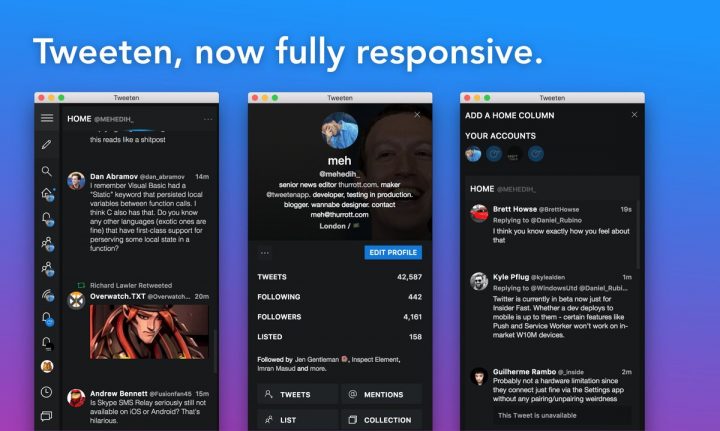

This method can identify groups involved in rapid transmission and help programs effectively direct and prioritize limited public health resources. Our approach identified clusters with transmission rates 8 times those of previous national estimates. The 13 clusters at 0.5% had a transmission rate of 33/100 person-years, compared with previous national estimates of 4/100 person-years. Molecular clock analysis estimated that the 13 clusters identified at 0.5% using recent diagnoses had been diversifying for a median of 4.7 years, compared with 6.5–13.2 years using other approaches. Results:Ī distance threshold of 1.5% identified 103 rapidly growing clusters using all diagnoses and 73 using recent diagnoses at 0.5%, 15 clusters were identified using all diagnoses and 13 using recent diagnoses.

Cluster transmission rates were estimated using these phylogenies. For rapidly growing clusters (with ≥5 diagnoses during 2015), molecular clock phylogenetic analysis estimated the time to most recent common ancestor for all divergence events within the cluster. We analyzed 156,553 partial HIV-1 polymerase sequences reported to the National HIV Surveillance System and inferred transmission clusters using 2 genetic distance thresholds (0.5% and 1.5%) and 2 periods for diagnoses (all years and 2013–2015, ie, recent diagnoses). We assessed an analytic approach to identify such clusters in the United States. HIV genetic sequence data can identify transmission clusters, but previous approaches have not distinguished clusters of recent, rapid transmission.
#Tweeten 2018 pdf#
Direct URL citations appear in the printed text and are provided in the HTML and PDF versions of this article on the journal's Web site ( Background:ĭetecting recent and rapid spread of HIV can help prioritize prevention and early treatment for those at highest risk of transmission. Supplemental digital content is available for this article. The findings and conclusions in this manuscript are those of the authors and do not necessarily represent the views of the Centers for Disease Control and Prevention.Ī.M.O. The authors have no conflicts of interest to disclose. Presented in part at the International HIV Transmission Workshop OctoChicago, IL, and the International AIDS Society Conference on HIV Science JParis, France. was funded in part by an NIH-NIAID K01 Career Development Award (K01AI110181) and a contract from the Centers for Disease Control and Prevention (CDC). Oster, MD, Division of HIV/AIDS Prevention, Centers for Disease Control and Prevention, 1600 Clifton Road NE, MS E-47 Atlanta, GA 30329 (e-mail: ). ‡Department of Medicine, University of California, San Diego, CAĬorrespondence to: Alexandra M. †Epidemic Intelligence Service, Centers for Disease Control and Prevention, Atlanta, GA and ‡ Data for 2020 includes payments made by USDA through Jand does not include crop insurance premium subsidies.*Division of HIV/AIDS Prevention, Centers for Disease Control and Prevention, Atlanta, GA Six percent of subsidy dollars went to banks, lending institutions, or the Farm Service Agency.” This move to shield subsidy recipients from disclosure enables USDA to further evade taxpayer accountability. In 2019, the information provided to EWG by USDA began to include the entity that received the payment, rather than the person or entity that applied for it, which was previously provided. ** EWG has identified this recipient as a bank or lending institution that received the payment because the payment applicant had a loan requiring any subsidy payments go to the lender first. To see ownership information, click on the name, then click on the link that is titled Ownership Information.

Recipients of payments made through most cooperatives, and the amounts, have not been made public. * USDA data are not "transparent" for many payments made to recipients through most cooperatives.


 0 kommentar(er)
0 kommentar(er)
